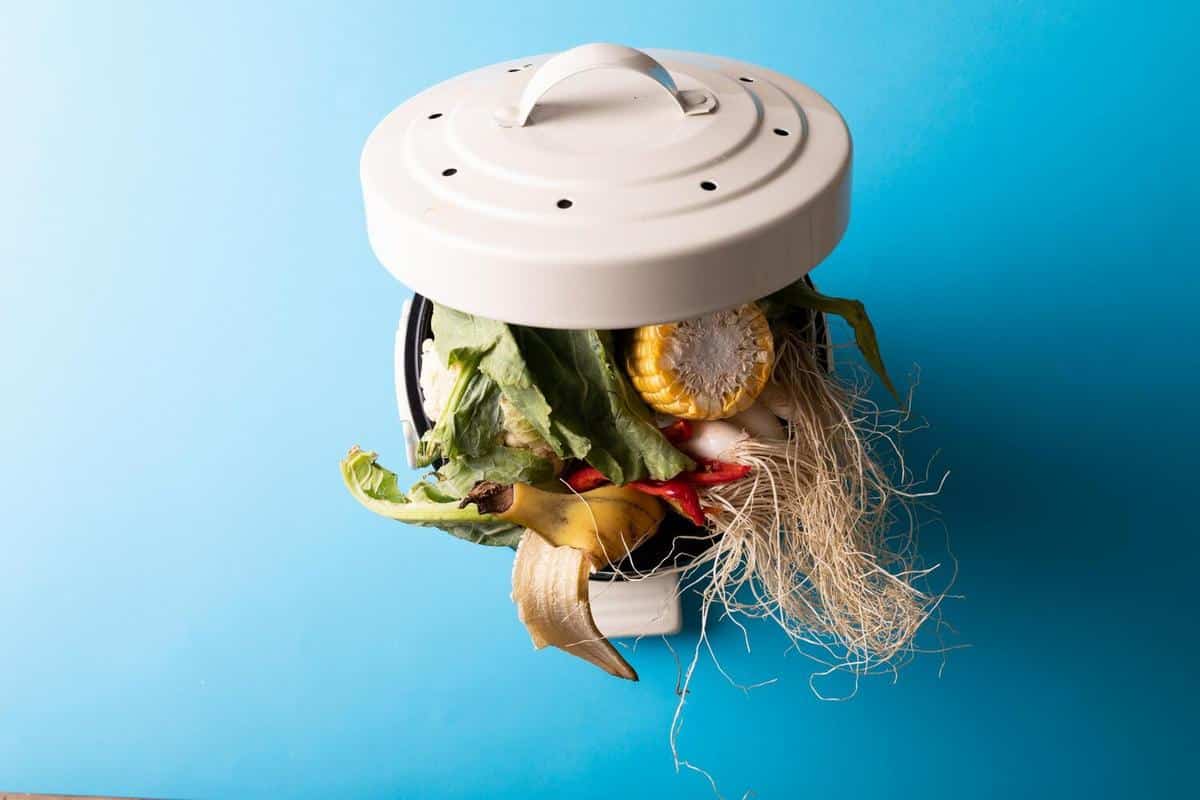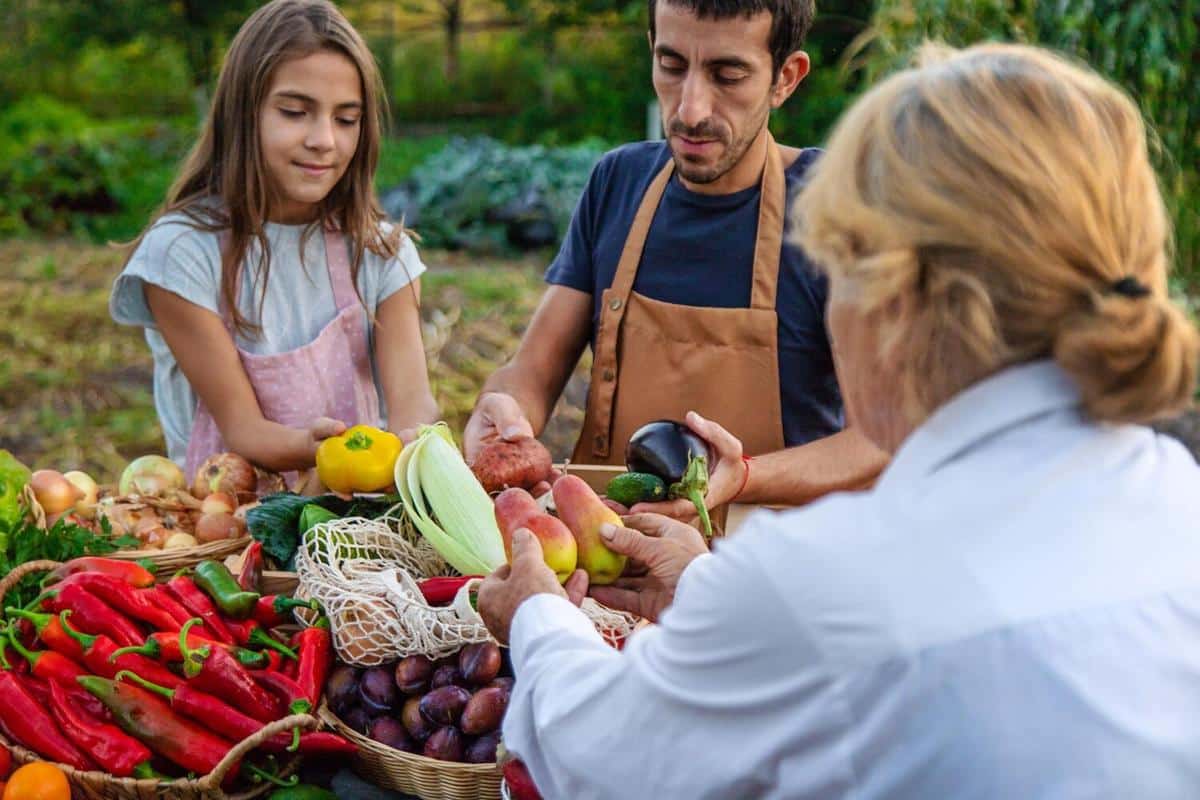
How to Reduce Food Waste in Your Kitchen with Creative Recipes
Imagine opening your refrigerator to find a bounty of ingredients that were once destined for the trash, now transformed into a delicious meal. Reducing food waste in your kitchen not only saves money but also plays a crucial role in promoting sustainability. Let’s explore how creative recipes can turn potential waste into culinary delights.
Reducing food waste is an essential step towards sustainability, and the kitchen is a fantastic place to start. According to the Food and Agriculture Organization of the United Nations, approximately one-third of all food produced globally is wasted. This staggering statistic highlights the need for more efficient use of food resources.
Why Reducing Food Waste Matters
Food waste contributes significantly to environmental issues such as greenhouse gas emissions and resource depletion. By minimizing waste, we help conserve energy and reduce our carbon footprint. Additionally, using food more efficiently can alleviate pressure on food supply chains and help address global hunger.
Creative Recipes to Minimize Waste
Expert Insights
Renowned chef and sustainability advocate, Dan Barber, emphasizes, “Cooking with scraps not only adds flavor and texture but also encourages creativity in the kitchen.” Embracing this mindset can lead to unexpected culinary triumphs.
Statistics to Consider
Research by the Natural Resources Defense Council shows that households in the United States waste about 25% of the food they purchase. This translates to over $1,500 annually for a family of four.
Personal Experience
In my own kitchen, I’ve found that leftover vegetables make a fantastic base for homemade stock. By simmering carrot tops, onion skins, and celery leaves, I’ve created a flavorful broth that serves as a foundation for soups and sauces.
Actionable Tips for Reducing Waste
- Plan Meals Wisely: Create a weekly meal plan to buy only what you need.
- Embrace Leftovers: Reinvent leftovers into new dishes, like turning roast chicken into a hearty soup.
- Store Food Properly: Use airtight containers to keep produce fresh longer.
- Compost: Composting scraps can enrich your garden soil and reduce waste.
Comparison of Common Ingredients and Their Uses
| Ingredient | Potential Waste | Creative Use |
|---|---|---|
| Bread | Stale slices | Make croutons or breadcrumbs |
| Bananas | Overripe | Use in smoothies or banana bread |
| Vegetables | Peels and stems | Incorporate into stocks or stir-fries |
| Fruit | Bruised or excess | Turn into jams or compotes |
| Rice | Leftover servings | Transform into fried rice or rice pudding |
| Pasta | Cooked extra | Bake into a pasta frittata |
| Cheese | Rinds | Add to soups for depth of flavor |
| Herbs | Wilted | Create herb-infused oils or pestos |
Conclusion
Reducing food waste in your kitchen is a fulfilling endeavor that benefits both the planet and your wallet. By embracing creativity and resourcefulness, you can transform potential waste into delicious meals. Start experimenting with these tips today and join the growing movement towards sustainable cooking.
FAQs
How can I store leftovers effectively?
Use labeled, airtight containers and place them in the refrigerator or freezer promptly to maintain freshness.
What are some common foods that are often wasted?
Bread, fruits, vegetables, and dairy products are frequently wasted items in households.
Can composting really make a difference?
Yes, composting reduces landfill waste and enriches soil, promoting healthier plant growth.


